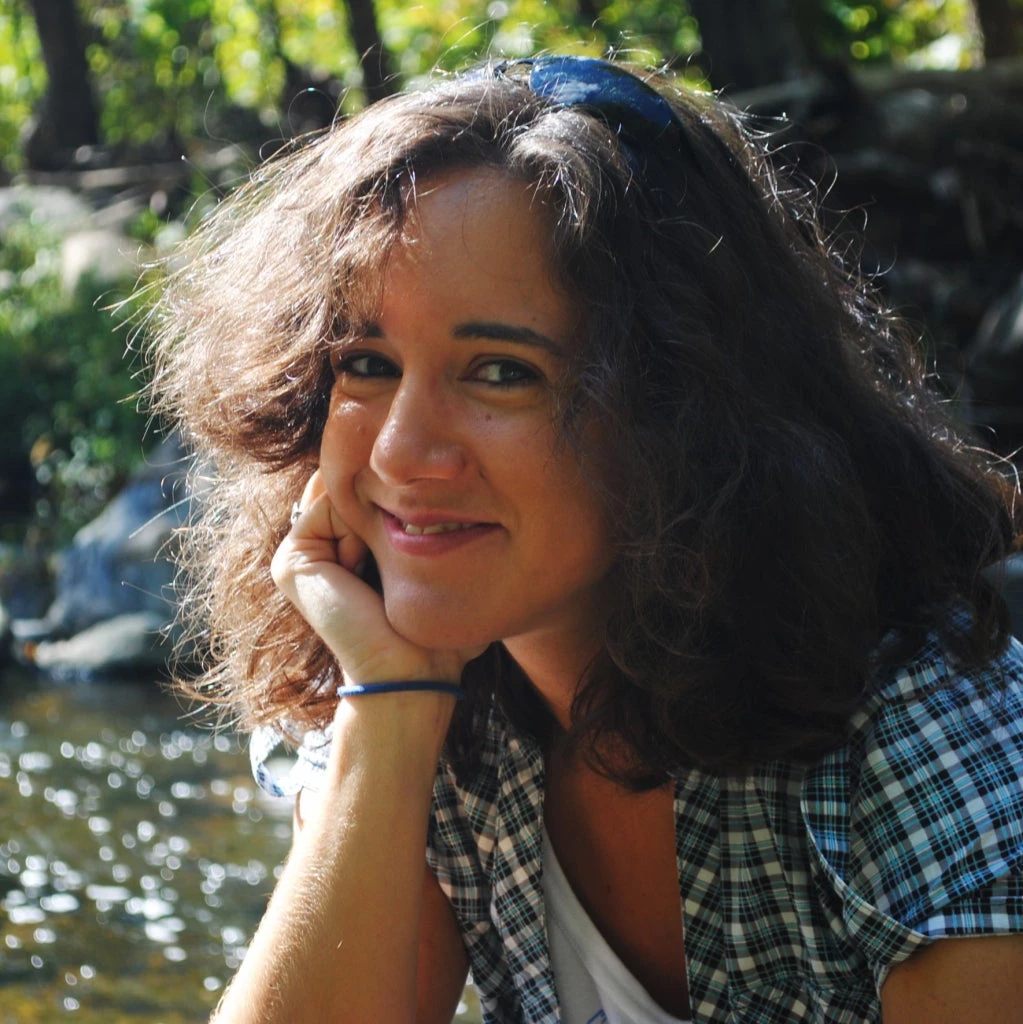Over the last two weeks, we’ve witnessed three hurricanes in the Caribbean and Gulf of Mexico as well as a magnitude 8.1 earthquake in Mexico, killing people and destroying homes. They serve as a reminder that natural hazards pose a greater threat to our lives and livelihoods than we may think.
Dealing with rising disaster risks requires greater efforts with smarter approaches —ones that can help vulnerable people and communities better prepare for, and recover from, disasters. Libraries Without Borders (BSF), an international organization that expands access to information, education, and cultural resources to vulnerable people around the world, knows that very well.
In 2010, BSF was building libraries in Haiti when the well-known earthquake struck. At the time, local partners asked BSF to help them create information and cultural access points in refugee camps. This experience led to the development of the “Ideas Box," an innovative tool that provides vulnerable communities in disaster-prone areas with access to information, education, and cultural resources.
Last week, on the International Literacy Day, I talked to BSF’s Director of Communications and Advocacy, Katherine Trujillo, about the Ideas Box, as well as how their innovative ideas and actions have helped promote literacy and build resilience in disaster-hit communities.
What is the “Ideas Box” and why was it developed? What impact did it have on local communities?
Katherine Trujillo (KT): When the 2010 earthquake struck Haiti, BSF had been working with local authorities to expand the library network in the country. As people struggled to meet their basic needs—food, water, and shelter, UNICEF reached out to us about setting up tent libraries and delivering books to children and adults displaced by the earthquake.
This prompted us to ask: What role should books and culture play in international aid efforts?
[Read: Three countries show why culture matters for post-conflict and post-disaster reconstruction and recovery]
Through the development of fixed and mobile libraries—including the BiblioTapTap bus—we witnessed that access to educational tools and cultural resources vastly improved outcomes for people recovering from trauma and loss, as well as the listlessness associated with displacement.
Based on this experience, we developed the Ideas Box, a mobile multimedia center and library that can transform any place—a refugee camp, a day-laborer center, or even a laundromat—into a dynamic learning space. It brings trained facilitators and a variety of tools, including the internet, laptops, tablets, digital recording equipment, books, arts and crafts, and games, to underserved communities, where adults and children can gain skills to lead rich, fulfilling, and dignified lives.
Since the first Idea Box was deployed in 2014, we have seen it help children heal from trauma, cope with being out of school, and develop resilience.
How can this new concept of what constitutes a library make a difference in communities?
KT: By re-imagining what constitutes a library—what it looks like, where and when it operates, who it serves, and what tools and resources it offers—we have been able to expand the purpose and role it plays in various communities. Through the Ideas Box and IdeasCube (our digital cloud software), we are able to bring elements of traditional libraries as well as cutting-edge technology into communities that either had no access to such resources—due to their isolation from the rest of society—or lacked access to these spaces due to economic, social, and psychological barriers. With the Ideas Box, we make libraries open and available to all of society, especially vulnerable marginalized groups.
This is the “21st century library”—a library that has a cross-cutting impact on society, from fighting poverty and social inequalities to building resilient communities and stimulating creative energies and entrepreneurship.
How is innovation helping promote literacy and sustainable development?
KT: At the heart of all that we do is literacy promotion, particularly in remote, isolated, and under-resourced areas. When we began our work over a decade ago, we focused on building libraries, training librarians, and strengthening library networks around the world. Since then, we have innovated to identify new and more effective strategies to promote literacy and expand access to educational and cultural opportunities. This has led us to re-imagine the purpose and scope of libraries, develop technology to share information under the most difficult circumstances, identify best practices for curating content, and bring resources into unconventional spaces in non-traditional formats. By continuously innovating, we have been able to create dynamic educational opportunities for children and adults in refugee and internally displaced person (IDP) camps and post-conflict normalization zones, among others.
As the world becomes increasingly threatened by natural and human-made disasters, we cannot separate education from culture when creating resilience in our communities. Projects such as the Ideas Box are essential to ensuring the promotion of literacy and innovation in disaster and conflict settings.
To learn more about Libraries Without Borders, or get involved, contact Katherine Trujillo here.
Related Links:- Subscribe to our Sustainable Communities newsletter
- Follow us on Twitter (@WBG_Cities) and Flipboard




Join the Conversation